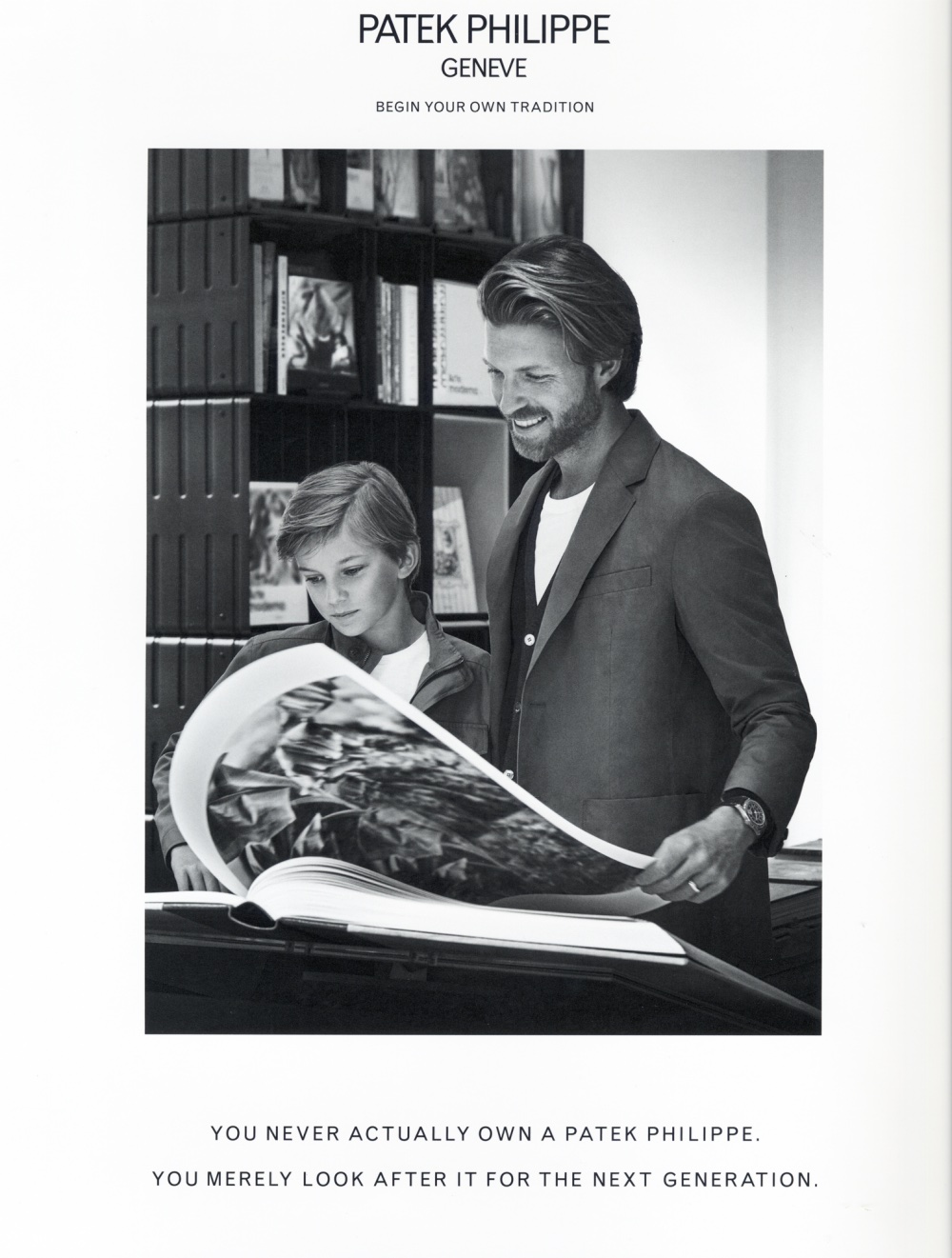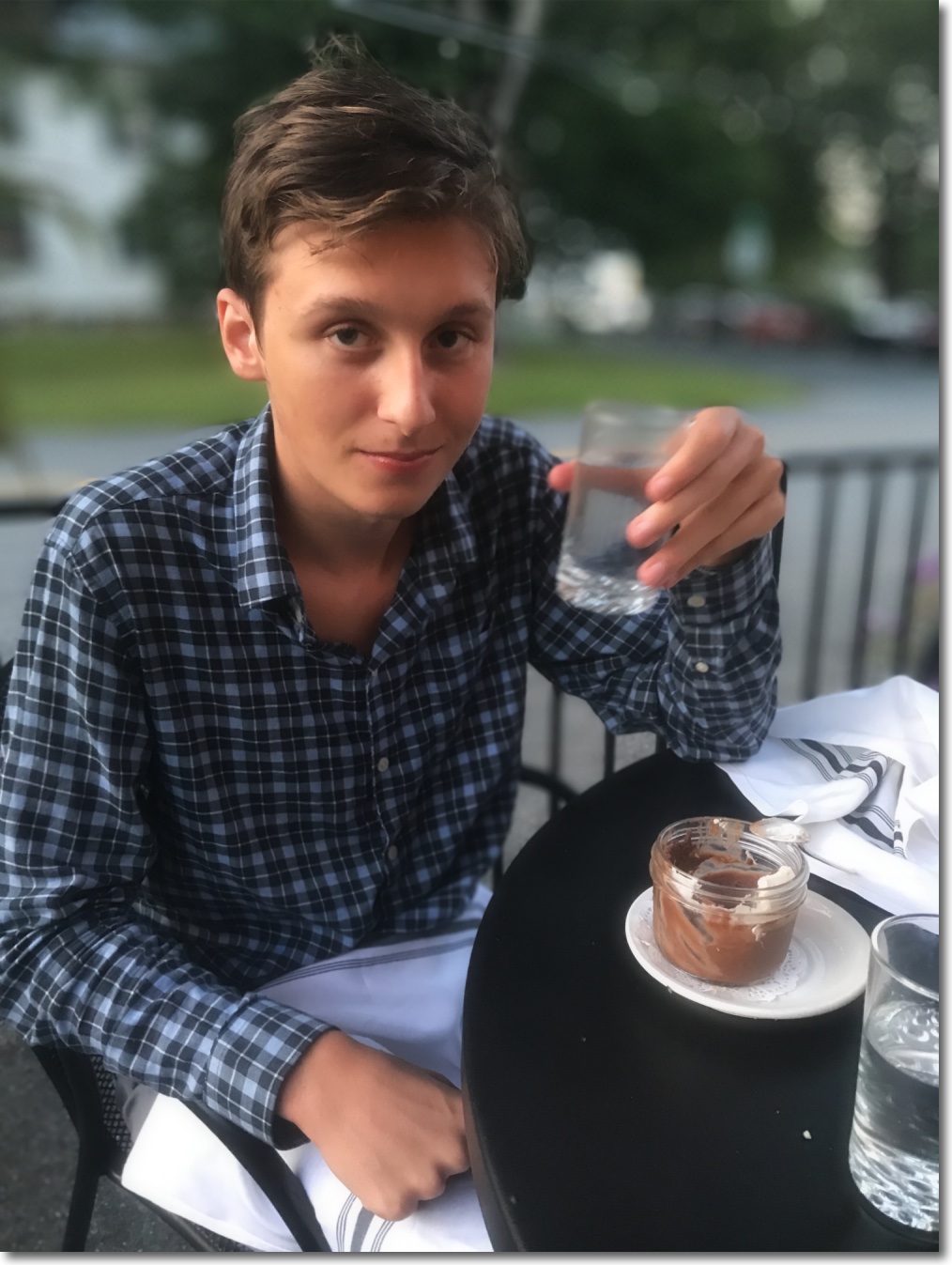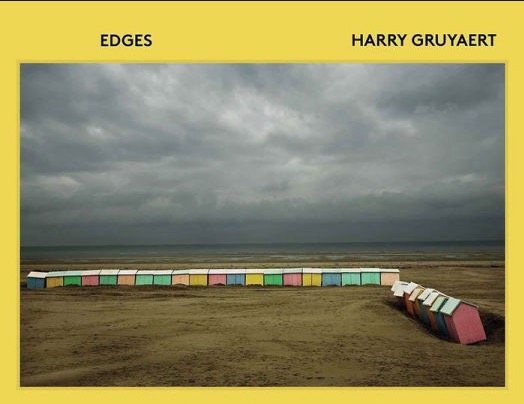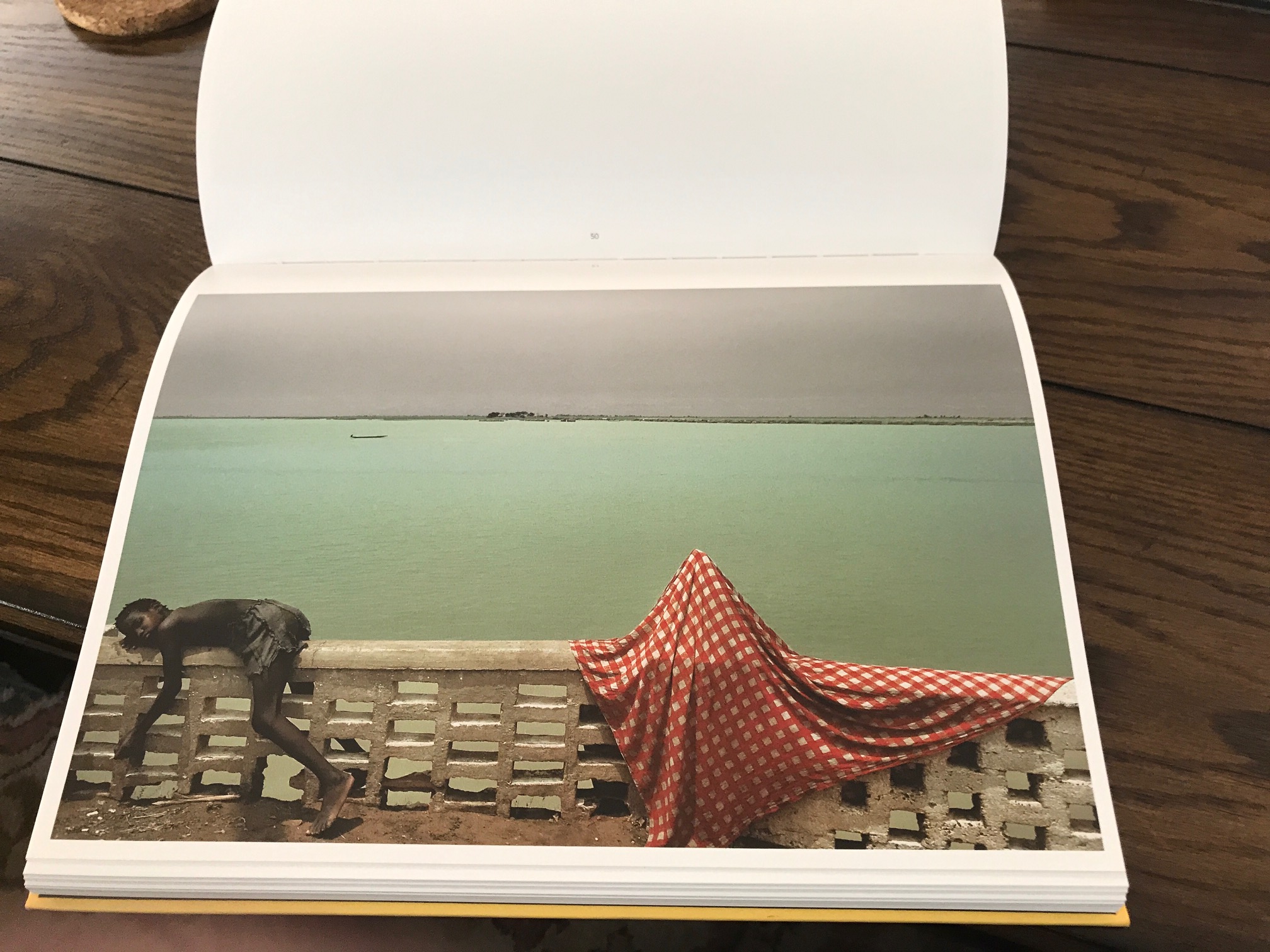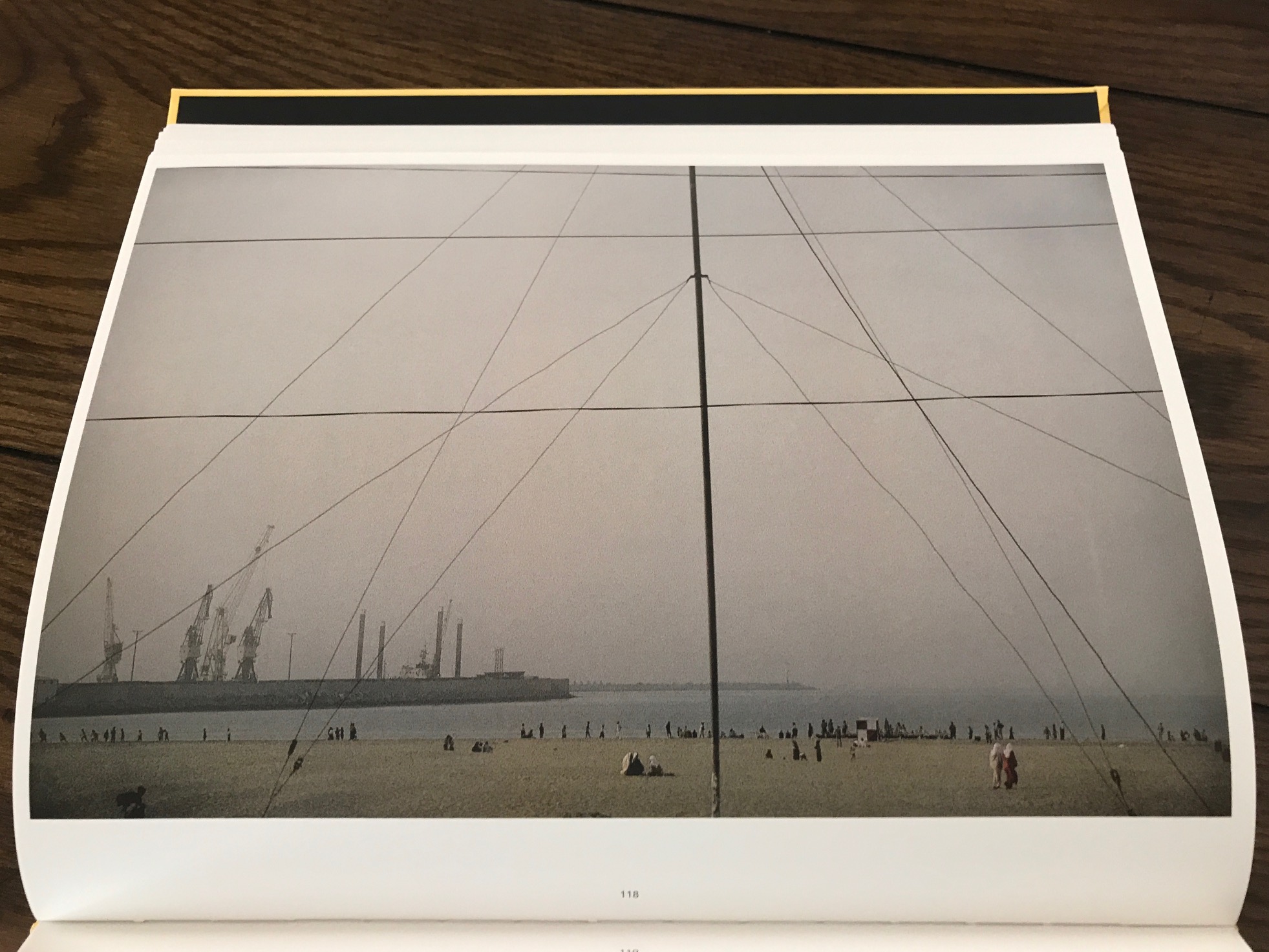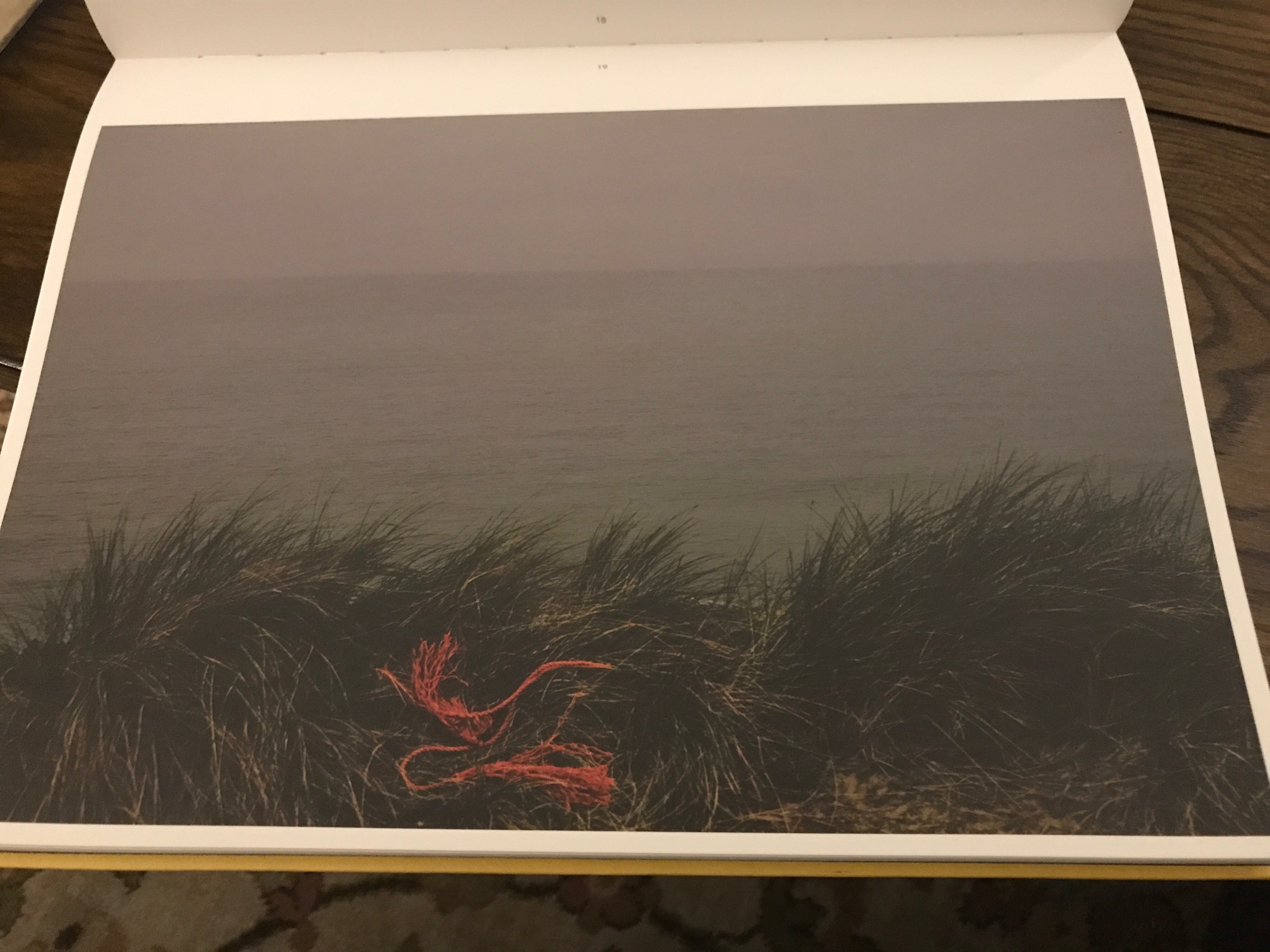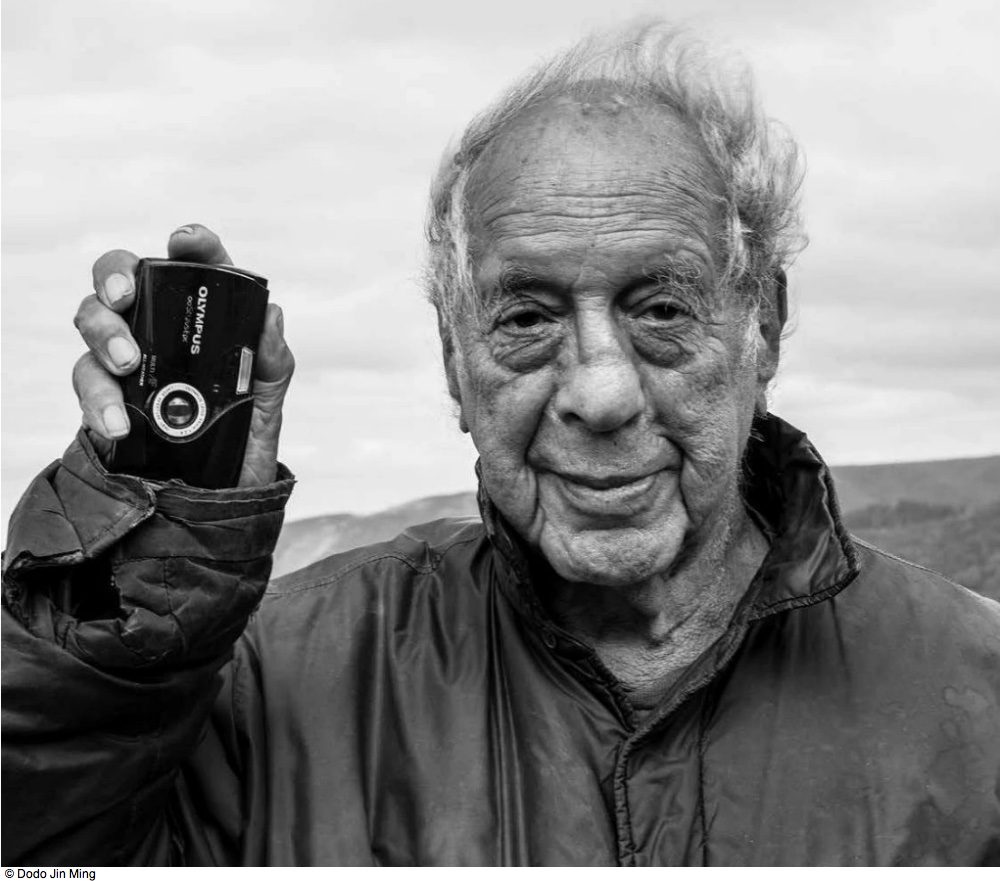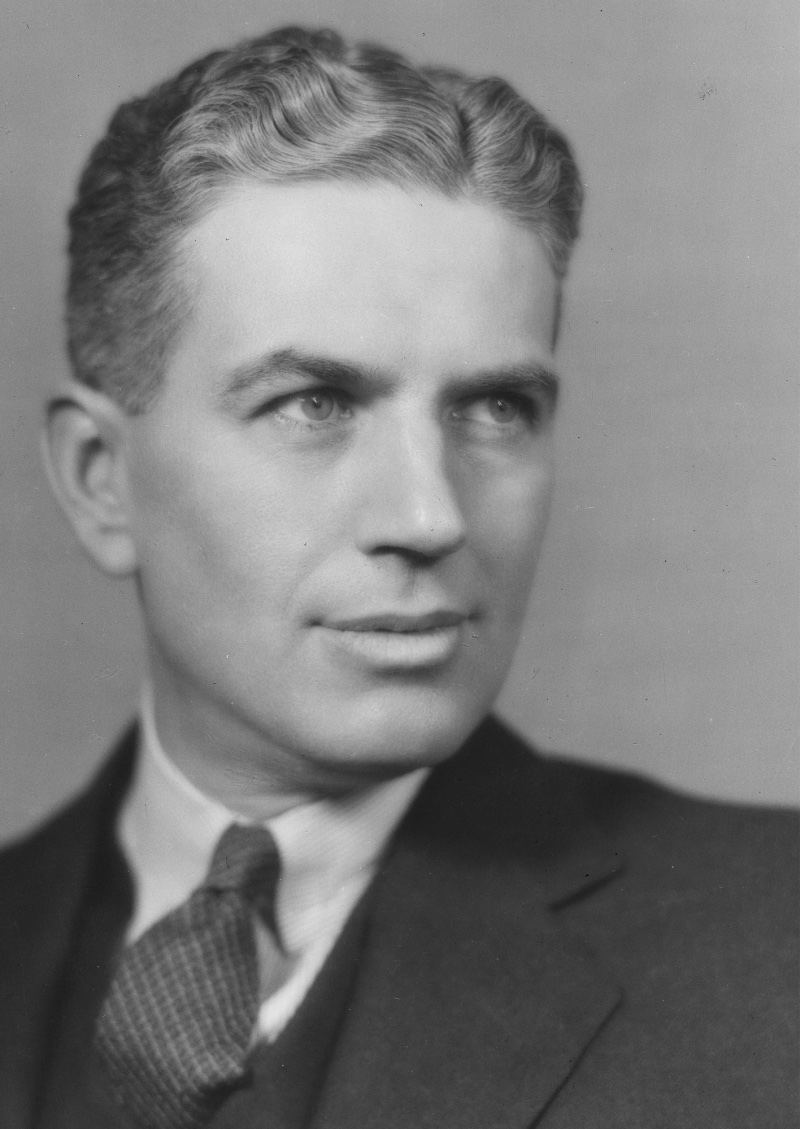Eye candy.
Jacques Démy followed up his unique movie of 1964 The Umbrellas of Cherbourg with the no less enjoyable The Young Girls of Rochefort in 1967.
Where the earlier musical is deeply dramatic under its layer of song, the later one is about nothing else but joy. Joy in performance, joy in dance, joy in color and, most especially, joy in two of the most beautiful French women ever given us by the silver screen.
Those two women are, again, Catherine Deneuve, and her biological sister François Dorléac, who tragically died just a couple of years later in a car crash at an unfairly young 25. Where Deneuve is all cool, remote beauty, Dorléac is warmth and charm and that indefinable something found only in the French.
Here are some images from this very special piece of eye candy, from a magnificent BluRay restoration by Criterion:
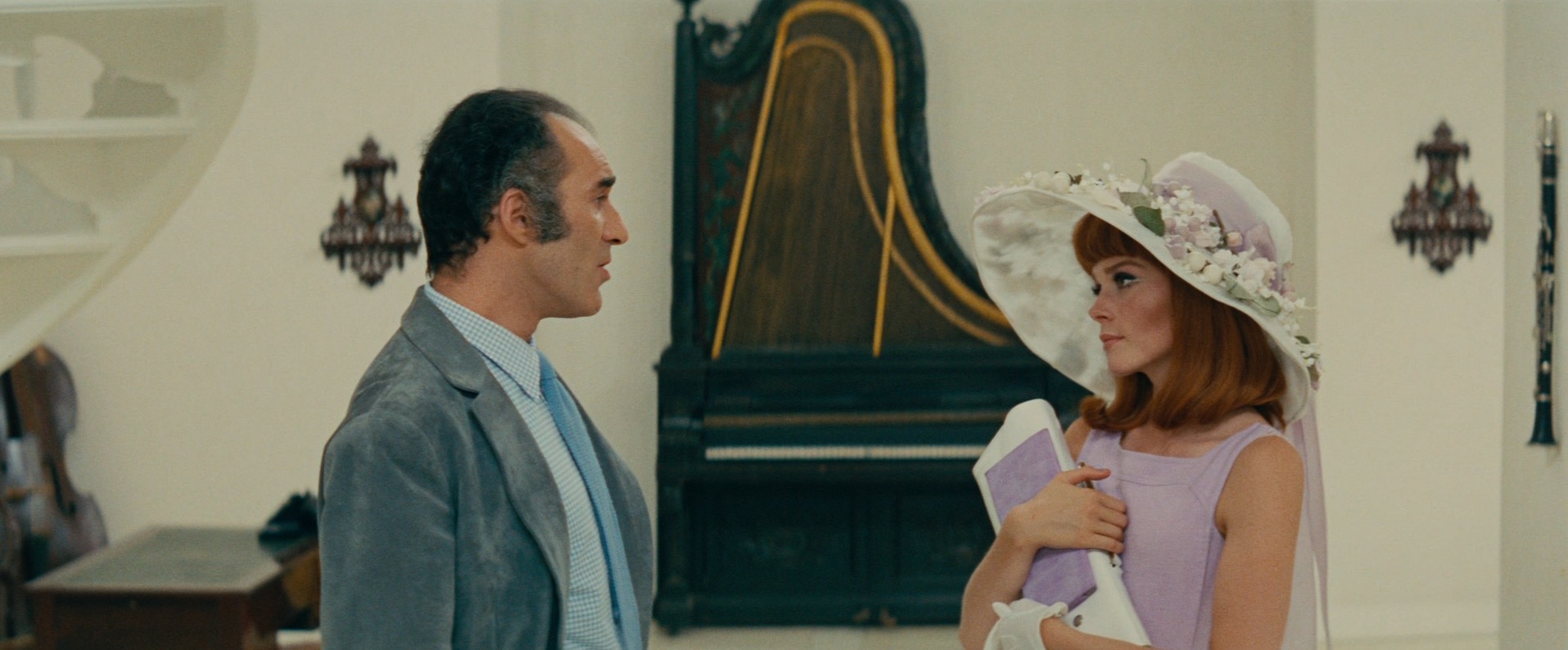
Dorléac is simply gorgeous.
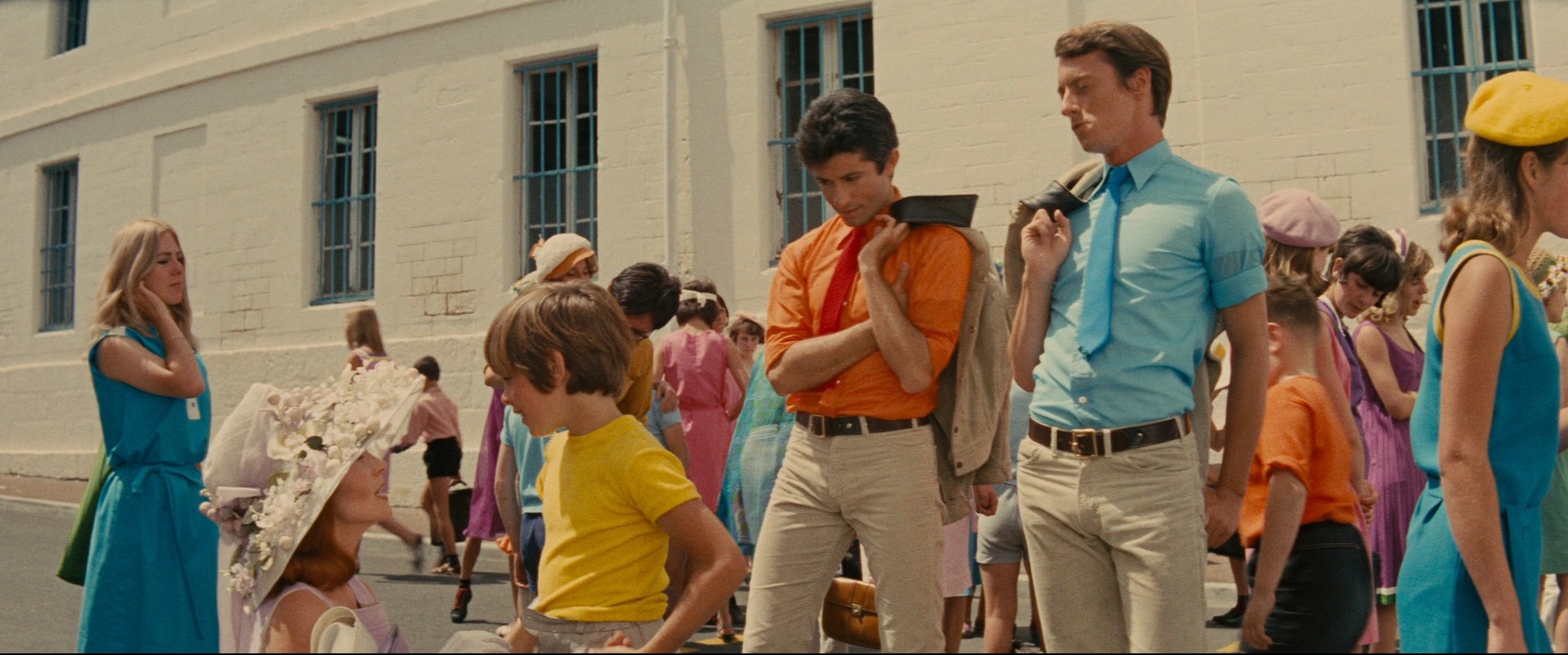
George Chakiris of West Side Story fame and Michel Piccoli are the male leads.
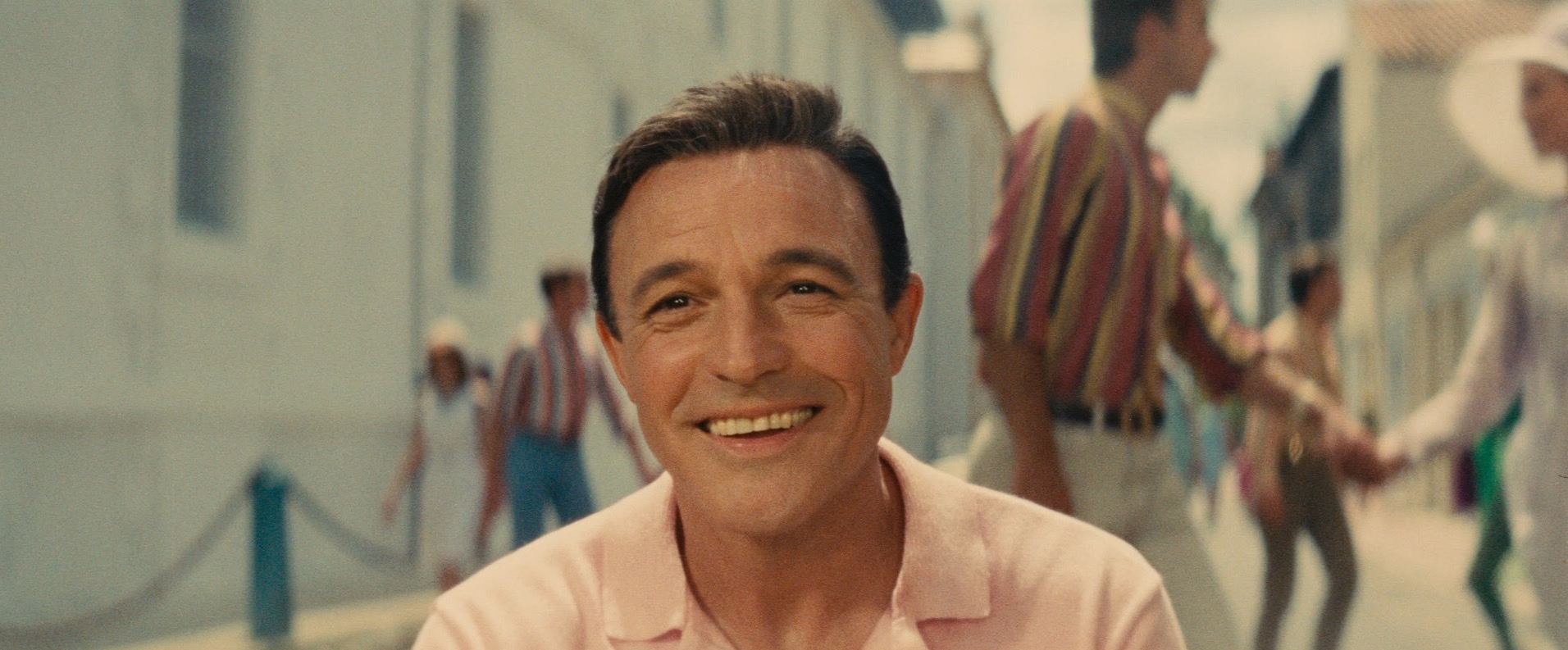
At 45 minutes something magical happens. Gene Kelly joins the cast.
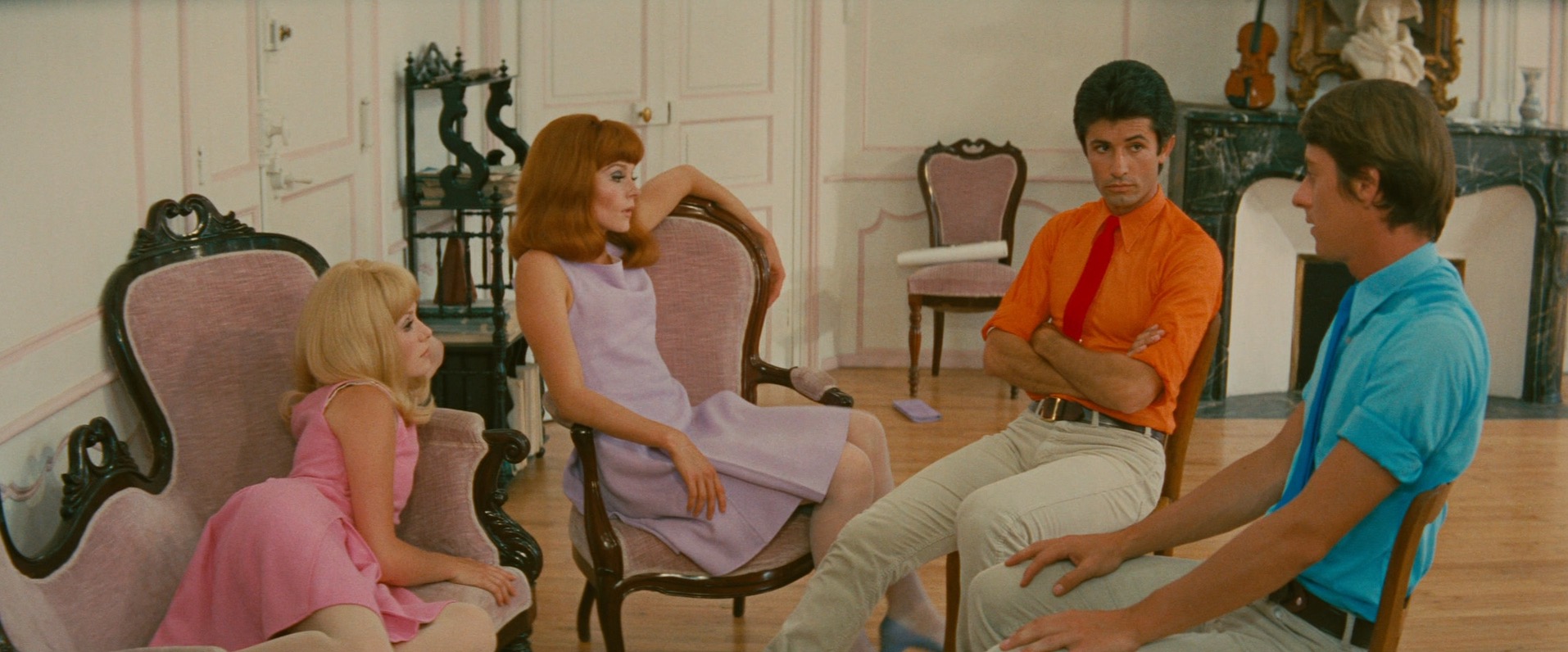
Pastel colors throughout jump off the screen.
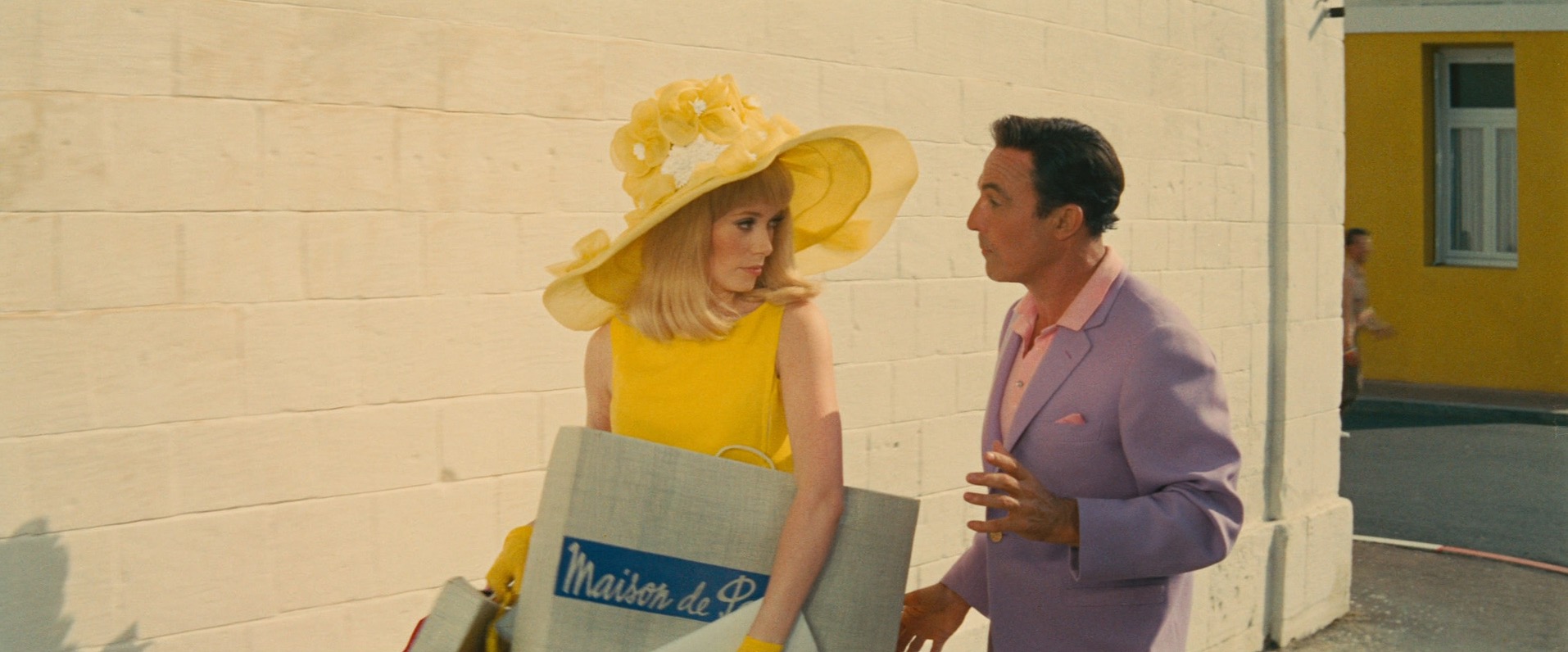
It does not get better than this.
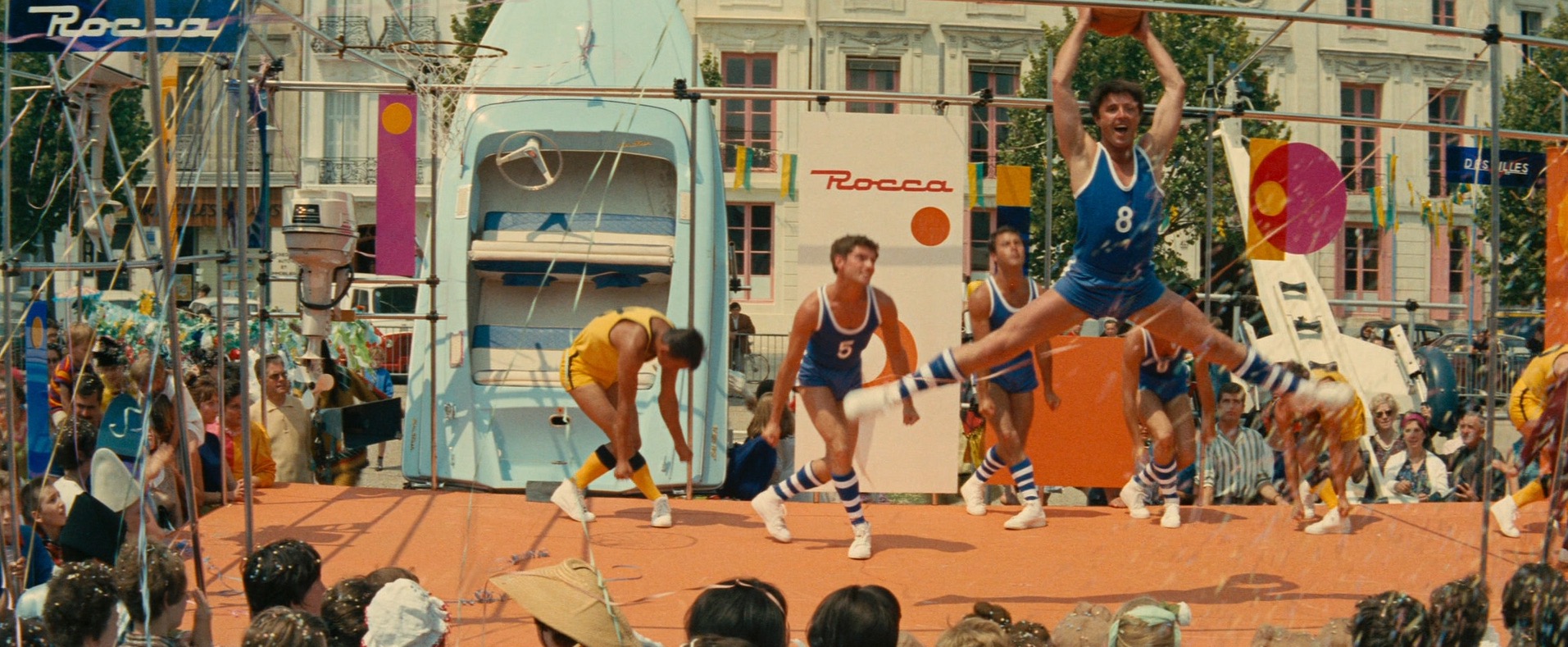
The dance scenes in the square are the most complex I have seen.
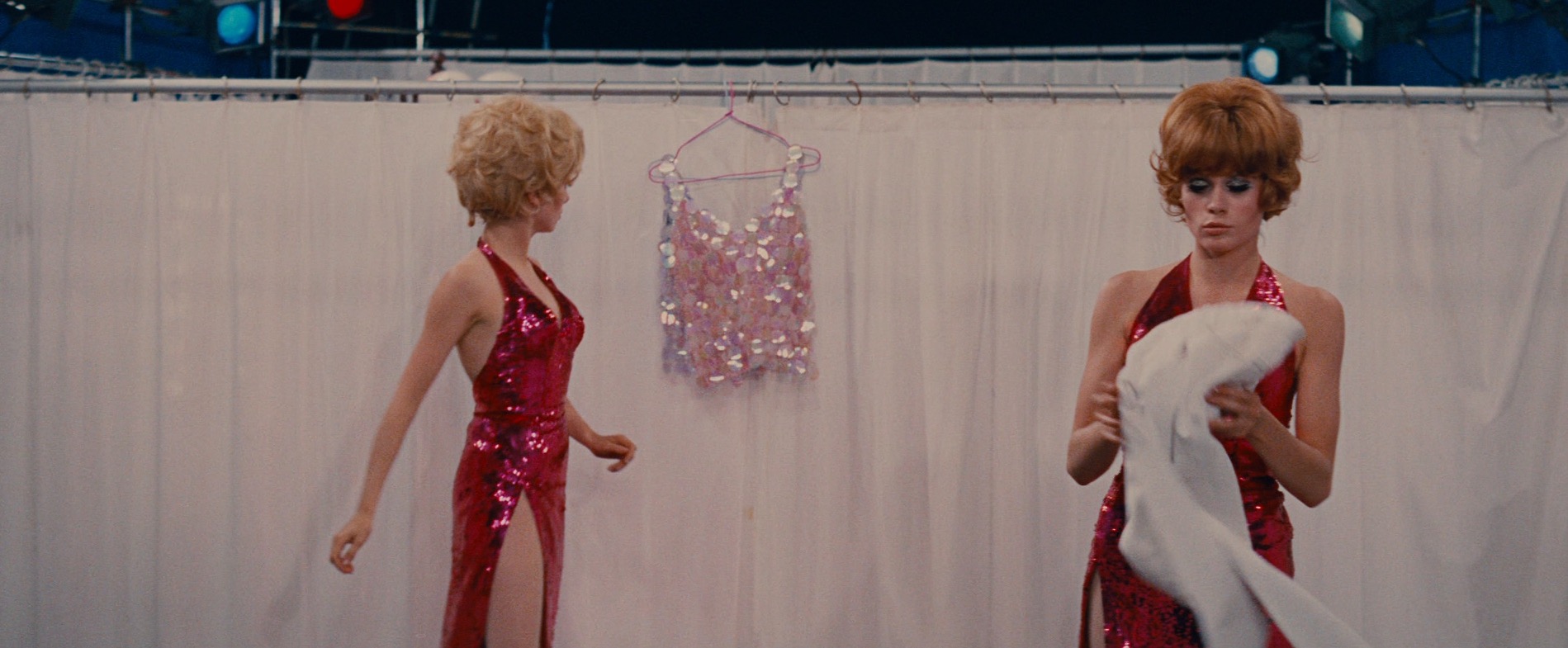
The sisters put on a couple of drop dead performances.
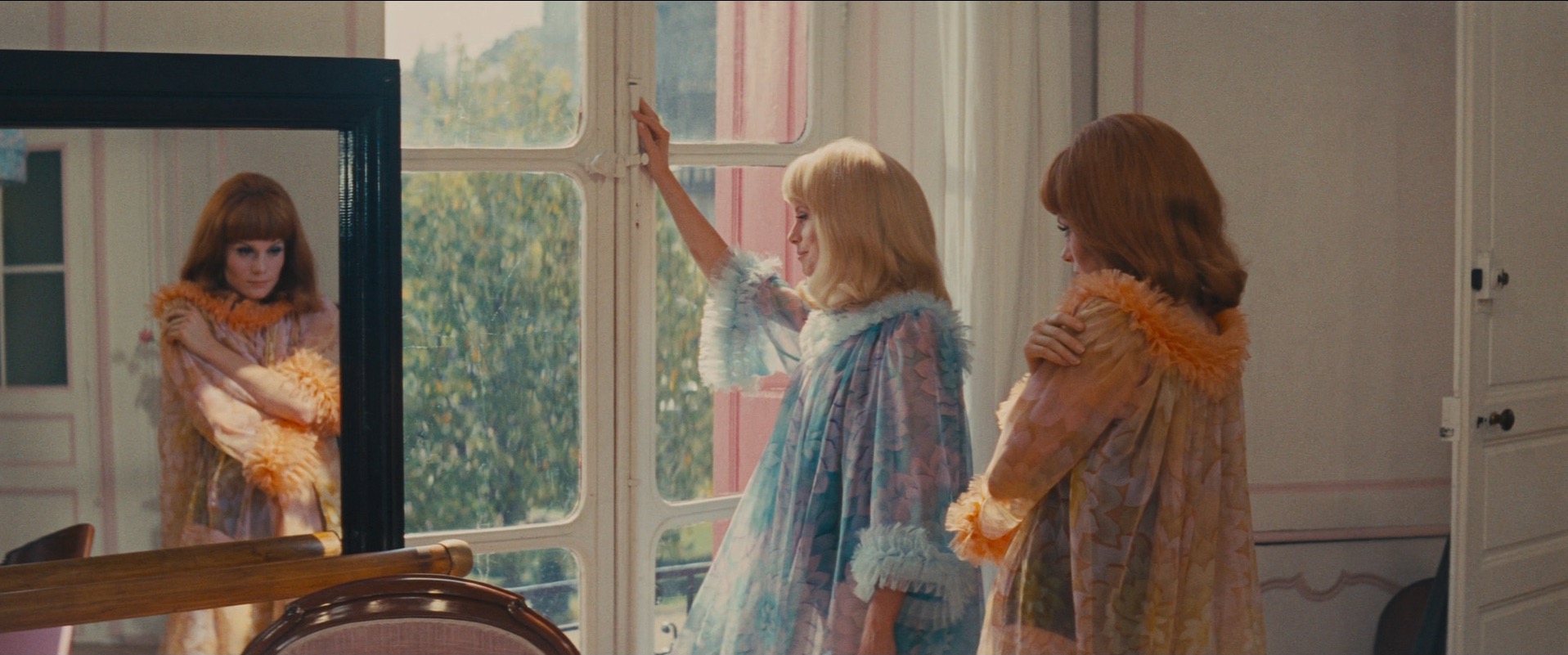
Renoir, anyone?
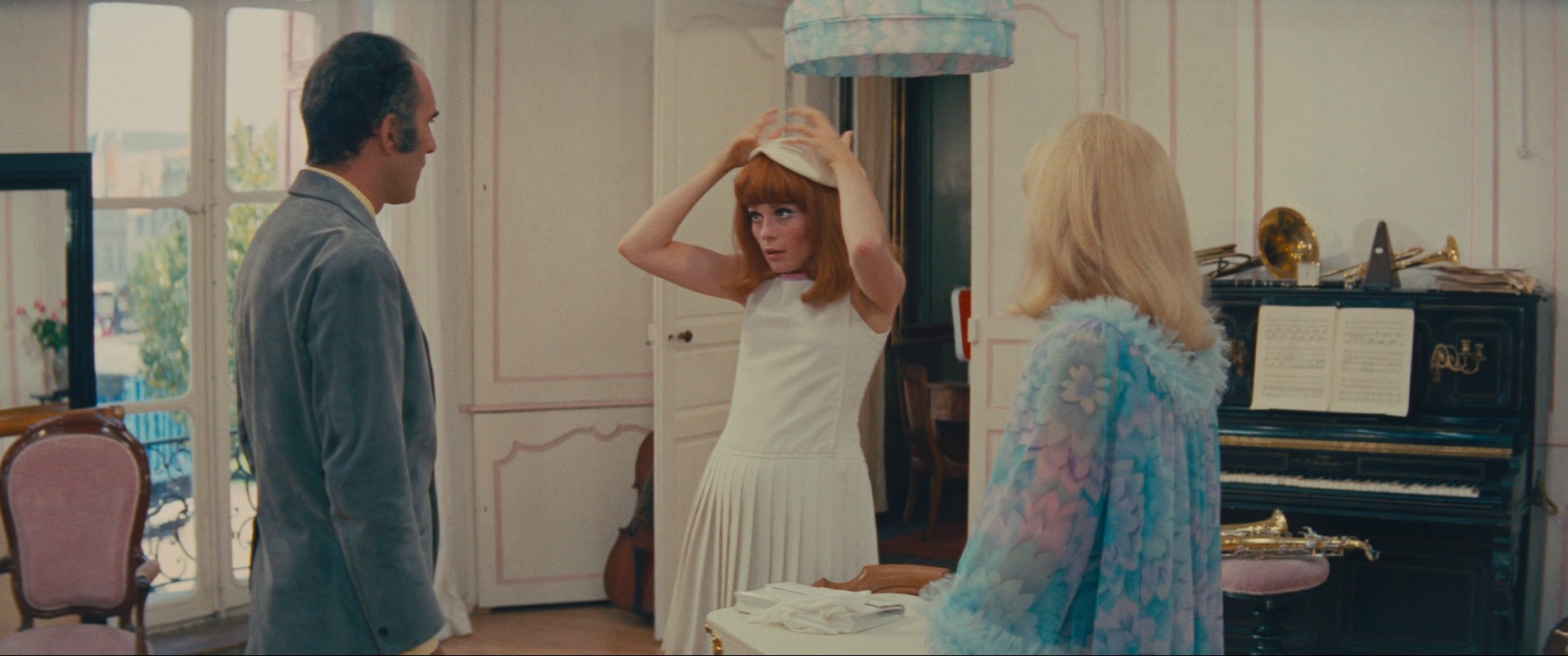
Dorléac’s pleated dress is to die for.
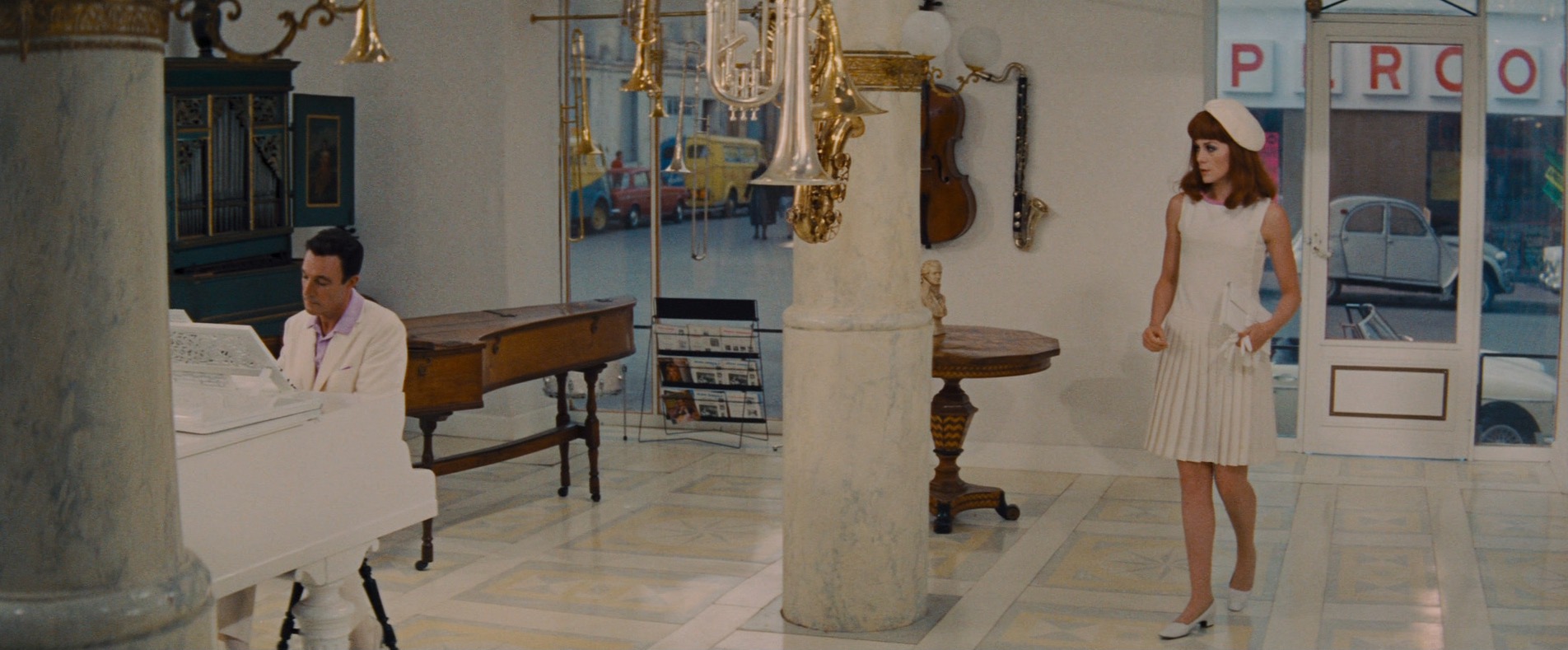
As Dorléac tracks down Kelly who has found her lost music score,
Michel Legrand delivers a stunning piano concerto to complete the scene.
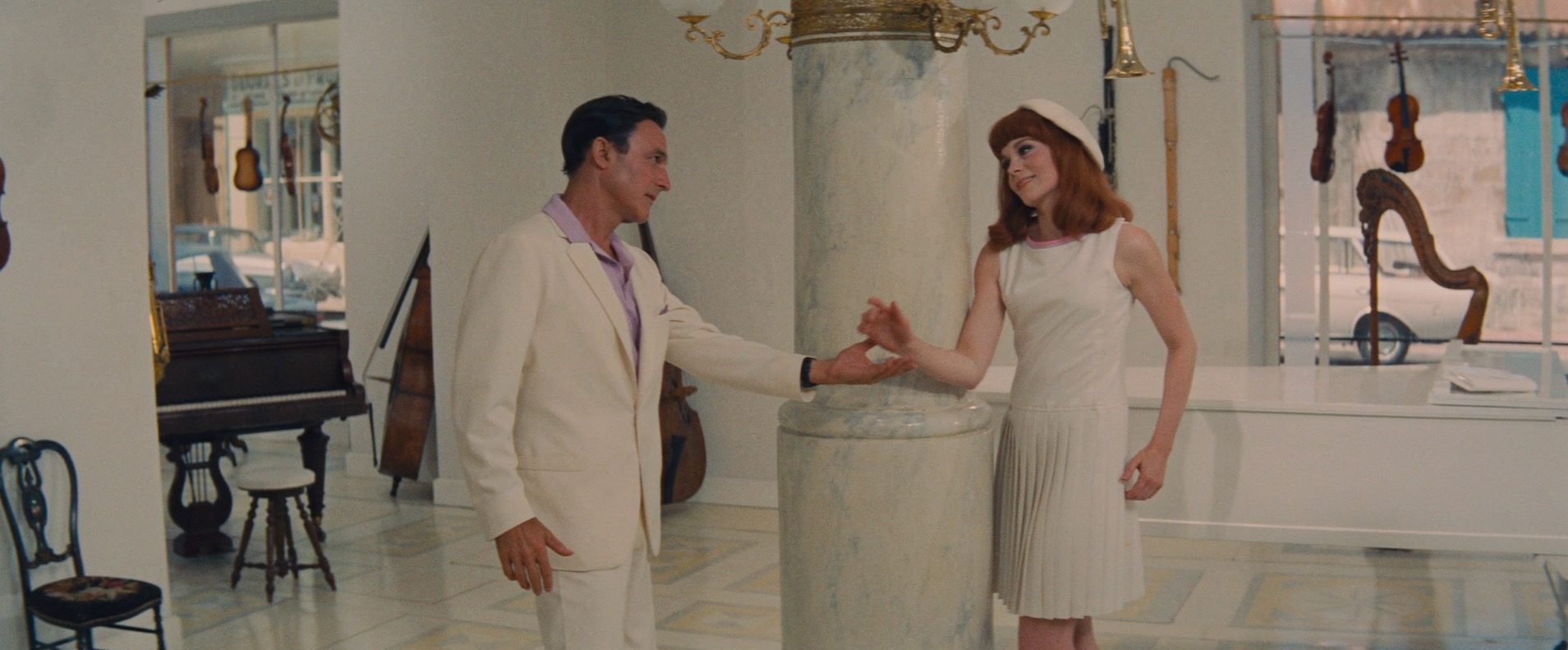
A dream couple, and Kelly still very much has it.
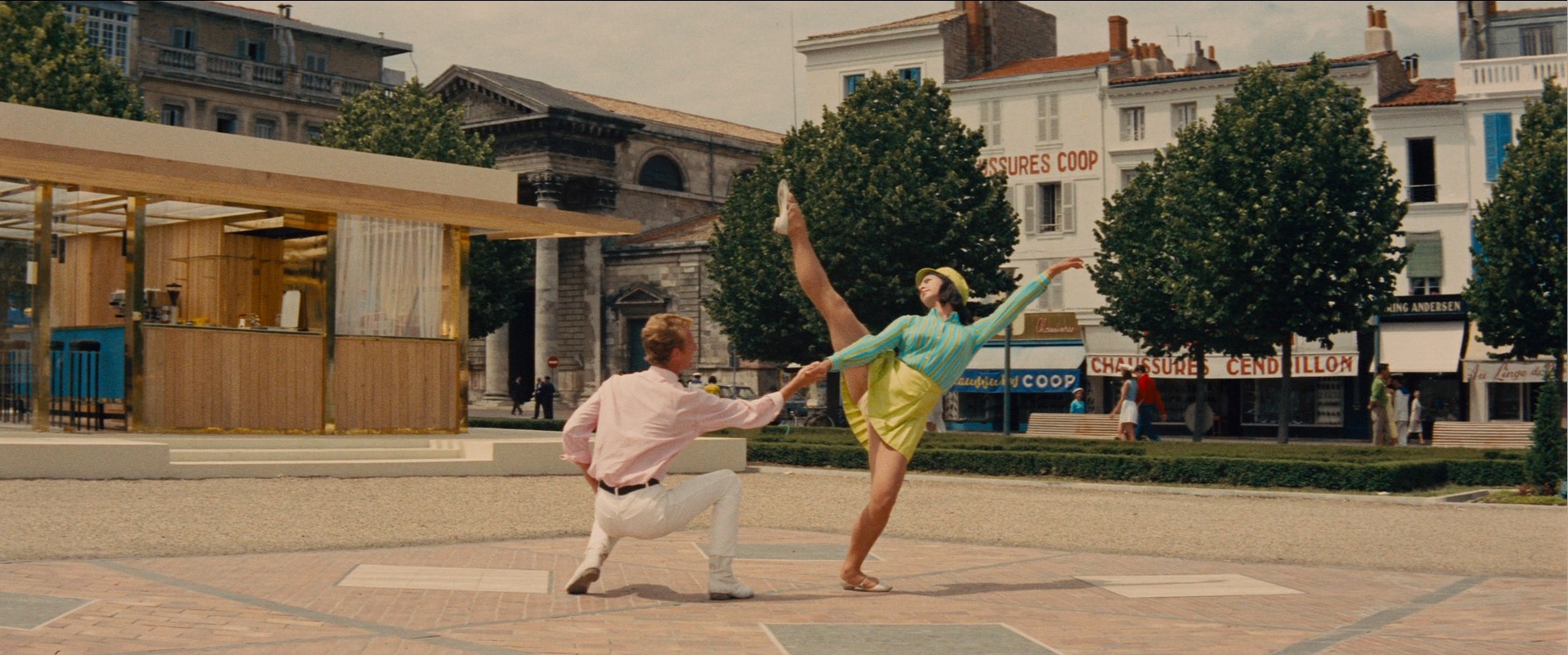
The finale. Everyone dances in the movie.
If Hollywood can claim to do one thing better than any other it’s the musical. Démy takes on the best and proves that he is fully up to the challenge.
There is no English version available, though it was allegedly made at the same time. French is all you need or want.
